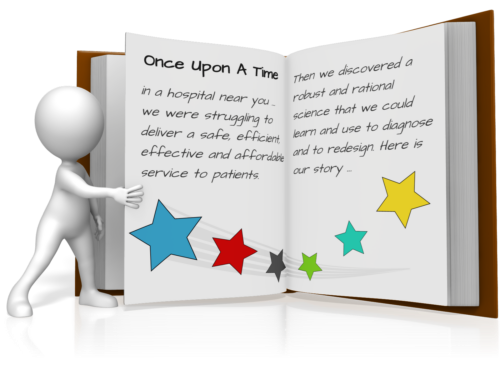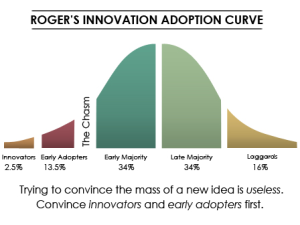There is a wonderful invention called the retrospectoscope which is designed to provide clarity of hindsight.
 And there is an art to retrospectoscopy.
And there is an art to retrospectoscopy.
The key to the art is to carefully avoid committing to precise purpose at the start – in the prospectus; then after the actual outcome is demonstrated, to claim that it was predicted and using the ambiguity of the prospectus to hide the sleight-of-hand.
The purpose is to gain a reputation to have foresight and to be able to predict the future … because oracles, sages and soothsayers are much valued in society.
Retrospectoscopy has gained a tarnished reputation but it does have an important role … it provides the ability to learn from experience … but to be effective we have to use the retrospectoscope correctly. It is too easy to abuse it and to fall into the trap of self-justification by distorting and deleting what we see.
To avoid the trap we need to do several things:
- Write down and share our clear diagnosis, plan and prediction at the start … ‘the prospectus’.
- Record and share the information that we will need to test our prediction robustly … ‘the evidence’.
- Compare our prospective rhetoric with the retrospective reality and share what we find … ‘the learning’.
It is unlikely that our prediction will be 100% accurate … and any deviation from aim is a valuable source of learning … better than predicted, worse than predicted and not predicted are all opportunities for new insights, deeper understanding, new opportunities, wiser decisions and better outcomes.
If we fail to use the retrospectoscope correctly then we will be caught in a perpetual cycle of self-justifying delusion that is manifest as the name-shame-blame-game. And if we side-step the expected discomfort of learning we will condemn ourselves to endlessly repeating the painful lessons that history can teach us to avoid.
The common theme in the self-justifying-delusion trap-avoiding recipe is share … if we are not prepared to learn in public then we should accept the inevitable consequences with grace.
Both courage and humility and are leadership assets.


